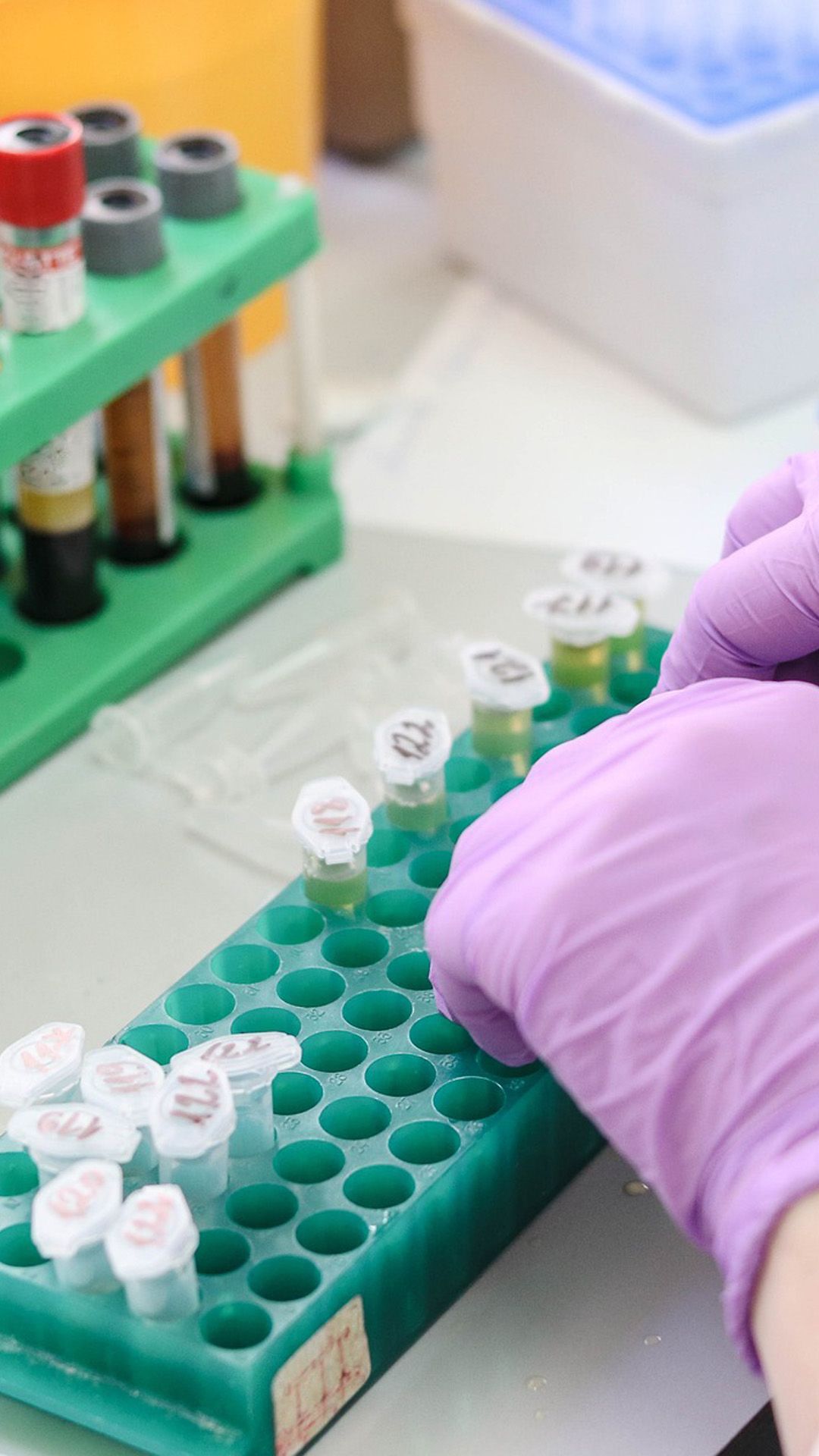Improving the blood supply chain and saving lives
- The NHS, annually, needs a supply of 1.4 million units of blood
- Cranfield researchers created a new blood supply chain inventory management and logistics model
- It reduced national bloodstocks by a third, while minimising the risks of waste and supply shortages

Cranfield’s work has led to a more streamlined and reliable NHS blood and transplant service, critical to saving lives.
The NHS, annually, needs a supply of 1.4 million units of blood (a resource which can’t be manufactured synthetically). Using the Cranfield blood supply chain inventory management and logistics model, the National Health Service Blood and Transplant (NHSBT) has been able to reduce national bloodstocks by a third — reducing the risks of waste and supply shortages.

The NHS, annually, needs a supply of 1.4 million units of blood (a resource which can’t be manufactured synthetically).

Right place, right time
Shortages of blood products can have fatal consequences. The NHSBT must ensure sufficient supplies are available and in the right place at the right time. Since the mid-2000s, Cranfield’s experts have applied supply chain management theory to improve the efficiency of how blood supply chains work in practice.
By establishing which critical factors triggered the need for blood products in hospitals, a new model was created to predict national demand for red blood cells. Researchers looked again at the principles behind the inventory management of perishable stock — finding that, contrary to traditional thinking, basic inventory practice and simple management carried out by experienced staff leads to better performance than complex inventory models.
Red blood cells are a precious resource. Using the same inventory level for red blood cells over time leads to waste, since the static inventory level does not respond to dips in demand. The inventory levels should be dynamically set to meet demand, which means they should be reduced when the demand is low.
Using the theory of supply chain segmentation, the research analysed the relationship between demand, stock levels and time expiry wastage, leading to data patterns and a predictive model.
With an exceptionally short shelf life (around seven days), platelets demand particular care and active management, and Cranfield developed a new model for planning distribution and allocation.
The researchers introduced a new method of charging hospitals for the blood products they use to address problems with wastage and high costs of operation.

Since the mid-2000s, Cranfield’s experts have applied supply chain management theory to improve the efficiency of how blood supply chains work in practice.

Blood as a lifeline
NHSBT service, staff, hospitals, and millions of patients to benefit from the implementation of service improvements:
• the red cell demand planning model was embedded into NHSBT, enabling more accurate prediction and better management of national blood stocks across the service (blood delivered with longer expiry times); this became the basis of a web-based demand planning system with visibility of ‘actual’ demand data and a Department of Health planning tool;
• six key drivers of good inventory management performance were adopted, improving practice and performance across the NHS. The drivers were taken up by the National Blood Authority, Australia, for its own blood product communications campaign. In the two years following its campaign, red blood cell wastage across the Australian service fell by 2.2%;
• applying the segmented strategy approach enabled NHSBT to focus management attention on blood groups where there was the greatest risk of wastage and potential for cost saving: leading to a 33% reduction in quantities held nationally, from approximately 60,000 units in 2013 to 40,000 in 2016. The expiry rate reduced from 0.75% in 2013 to 2014 to 0.32% from 2015 to 2016. Fewer donations were required, and overall costs were reduced;
• new daily planning of platelets has reduced the costs of ad hoc transportation to rectify problems with distribution by 37%; helping to reduce wastage by 40%;
• logistics simulations led to the introduction of a click-and-collect charge for non-routine deliveries. Charges have focused hospital customers on making better use of their routine deliveries, with a consequent reduction in the use of the self-collect service, reducing disruption for hospital services staff in blood centres who prepare products for despatch.

The new approach enabled NHSBT to focus management attention on blood groups where there was the greatest risk of wastage and potential for cost saving: leading to a 33% reduction in quantities held nationally.

Cookies & Privacy
We use cookies when you visit this website to analyse the web traffic, to optimise the performance and content of the website and to promote trust and security. Cookies are small text files that are stored by your Internet browser on your computer. These cookies do not include any personal information, they are only used for the duration of your web session to improve your experience. Please visit our Privacy policy (link below) for data processing details.

